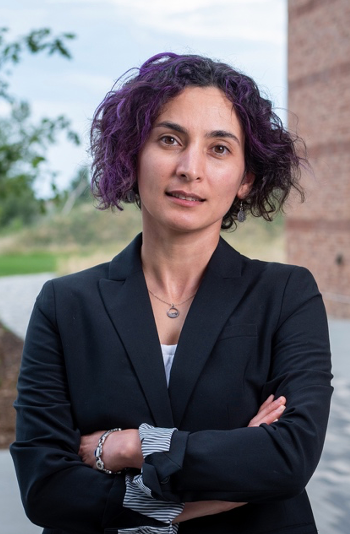
Jacob T. Shelley to Receive the JAAS Emerging Investigator Lectureship Award at 2022 Winter Conference
The JAAS Emerging Investigator Lectureship Award will be presented to Jacob T. Shelly at the 2002 Winter Conference on Plasma Spectrochemistry in Tuscon, Arizona, on Wednesday, January 19.
The JAAS Emerging Investigator Lectureship Award will be presented to Jacob T. Shelly at the 2002 Winter Conference on Plasma Spectrochemistry in Tuscon, Arizona, on Wednesday, January19. The award, presented by The Journal of Analytical Atomic Spectrometry (JAAS), recognizes and supports an emerging scientist working in the field of atomic spectrometry while in the early stages of their independent career.
Shelley earned his B.S. in Chemistry from Northern Arizona University (Flagstaff, Arizona), and his PhD, under Gary Hieftje at Indiana University (Bloomington, Indiana), studying novel plasma ionization sources for molecular mass spectrometry. He was awarded the Alexander von Humboldt Post-Doctoral Fellowship in 2012, providing him with the opportunity to work with Prof. Carsten Engelhard and Prof. Uwe Karst at the University of Münster in Germany. In 2014, he began his independent academic career as an Assistant Professor at Kent State University (Kent, Ohio).
Currently, Shelley is the Alan Paul Schultz Career Development Professor of Chemistry at Rensselaer Polytechnic Institute (Troy, New York). He has authored 35 published journal articles and a book chapter He holds three U.S. patents and patent applications and has given more than 30 invited presentations at national and international venues.
Shelley is currently interested in the development of new hardware and software tools for mass spectrometry that enable rapid and sensitive detection and identification of analytes in complex matrices. He and his group aim to expand the capabilities of ambient mass spectrometry through added dimensionality of analysis without compromising the speed of the analysis. Their goal is to develop an ionization source that operates at atmospheric pressure that can provide molecular, structural, and atomic information of species present on a sample surface.
Shelly is the 2021 winner of the award. Previous winners of this award include George L. Donati of Wake Forest University (Winston-Salem North Carolina); Marta Costas Rodríguez of Ghent University,(Belgium); Márcia Foster Mesko of the Federal University of Pelotas (Brazil); Sohail Mushtaq, of the University of Bristol, (Bristol, England); Lara Lobo of the University of Oviedo (Spain); and Gerardo Gamez of Texas Tech University (Lubbock, Texas).
As a winner of the lectureship, Shelley will receive a contribution of £2000 to cover associated travel and accommodation costs. He will be awarded a certificate and invited to contribute a paper to JAAS.
Shelley has received other awards recently, including the 2021 EAS Young Investigator Award and the
Newsletter
Get essential updates on the latest spectroscopy technologies, regulatory standards, and best practices—subscribe today to Spectroscopy.





